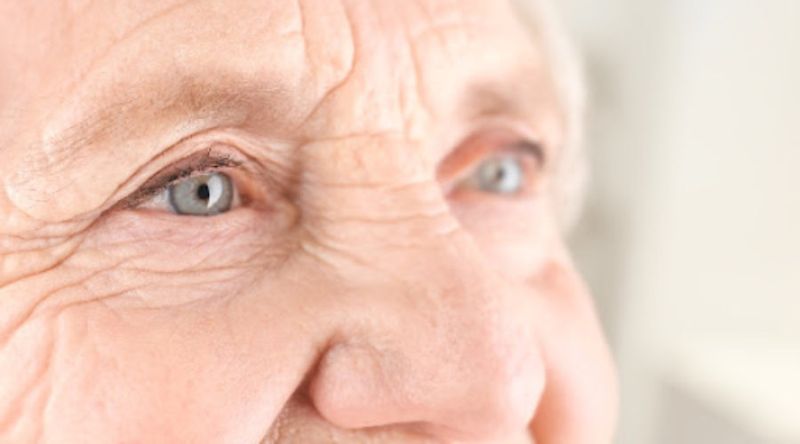
Glaucoma is an eye disease that requires immediate attention and treatment because of the way this diagnosis affects your optic nerve. When the optic nerve is damaged, it results in permanent vision loss.
The good news is that glaucoma is manageable with proper treatment, especially when it’s diagnosed in the earliest stages. Here are a few things you need to know about glaucoma, including warning signs, diagnosis, and treatment.
When a person has glaucoma, it means that there is increasing pressure in the eye because of extra fluid that is building up. The increase in fluid puts pressure on the optic nerve and causes vision loss.
Your eyes are constantly making aqueous humor: a fluid that flows into the eye and drains out to maintain optimal pressure. But if the drainage isn’t working correctly, it causes the fluid to build up.
According to the American Academy of Ophthalmology, glaucoma is the #1 cause for people over 60 years old to go blind.
But vision loss doesn’t have to be part of this experience. Early treatment is an effective way to prevent or delay vision loss.
There are two types of glaucoma, categorized by the underlying causes of the eye condition:
In the beginning, patients with primary open-angle glaucoma might not notice anything different about their eyes. Eventually, the pressure continues to build, and vision loss occurs. But the symptoms aren’t noticeable until it’s too late.
On the other hand, angle-closure glaucoma happens suddenly. This experience is known as an acute attack and requires emergency medical treatment to prevent blindness.
Signs of open-angle glaucoma include:
Remember: the absence of symptoms doesn’t necessarily mean that you are free of glaucoma. In the earliest stages, this eye condition goes undetected. This slow development is the reason why it’s essential to maintain regular checkups with an ophthalmologist.
On the other hand, angle-closure glaucoma starts suddenly and can result in serious complications to your eyes. It’s important for everyone to know the signs of this condition so they can seek medical treatment if necessary.
Signs of angle-closure glaucoma include:
Can glaucoma be healed? The truth is that optic nerve damage is irreversible, which means that you can’t heal from glaucoma. But early treatment can reduce vision loss and prevent complications from this condition.
Treatment depends on the type of glaucoma you have and the severity of your condition. The goal is to lower intraocular pressure, which reduces the pressure being placed on the optic nerve.
Potential treatments might include:
The first line of treatment is usually to use prescription eye drops. These drops decrease the fluid produced in the eye, affecting how fluid drains from the eye.
Different types of glaucoma eye drops are available. Your ophthalmologist will determine the optimal type of prescription you need: prostaglandins, beta-blockers, alpha-adrenergic agonists, carbonic anhydrase inhibitors, rho kinase inhibitors, and miotic or cholinergic agents.
Other types of medications that can be used are taken orally. The most common type of oral prescription for glaucoma is a carbonic anhydrase inhibitor.
Patients who have open-angle glaucoma can sometimes benefit from laser trabeculoplasty. This method involves using a small laser to open up the blocked drainage channels in the eyes.
You might notice immediate benefits after the surgery. But most patients need a few weeks before they experience the full benefits from this treatment.
Several options are available to use surgical techniques for reducing eye pressure:
For a case of acute angle-closure glaucoma, immediate medical intervention is essential. This process usually involves both medication and surgical treatment to reduce the pressure in the eye as quickly as possible.
In addition to the medical interventions listed above, it’s also a good idea to control eye pressure and improve overall health using lifestyle improvements. Effective strategies include:
Adjust your eating habits by adding foods that protect eye health, such as fruits and vegetables that are high in antioxidants, including vitamins C, A, and E. Leafy greens are helpful since they are rich in nitrates.
Additionally, you should ask: What foods to avoid if you have glaucoma? It’s a good idea to avoid caffeine consumption since it can increase intraocular pressure.
While it might feel nice to quickly drink a tall glass of cold water on a hot day, be careful to only consume moderate amounts of fluids at a time. Drinking more than a quart of liquid at once can cause a temporary increase in eye pressure. Instead, sip on fluids throughout the day.
While it’s not a good idea to suddenly start an intense exercise routine without consulting with a doctor, researchers suggest that regular exercise might have an impact on reducing eye pressure. Start with light or moderate activities, then gradually increase the frequency and intensity over time.
When you lie down to watch TV or go to sleep, keep your head raised slightly. One effective strategy is to use a wedge pillow that keeps your head a little higher.
An experienced eye doctor is the most crucial resource to diagnose and treat glaucoma and other types of eye conditions. For more information, schedule an appointment with our team at EyesNY. You can choose from multiple locations for your convenience. Call us at (518)-791-5725.
Malta
658 Malta Ave., Ste 101
Malta, NY 12020
Phone: (518) 580-0553
Saratoga Springs
414 Maple Ave Ste 200
Saratoga Springs, NY 12866
Phone: (518) 580-0553
Clifton Park
1712 U.S. 9
Clifton Park, NY 12065
Phone: (518) 580-0553
Queensbury
535 Bay Road
Queensbury, NY 12804
Phone: (518) 580-0553
Troy
2200 Burdett Street Ste 206
Troy, NY 12180
Phone: (518) 580-0553
